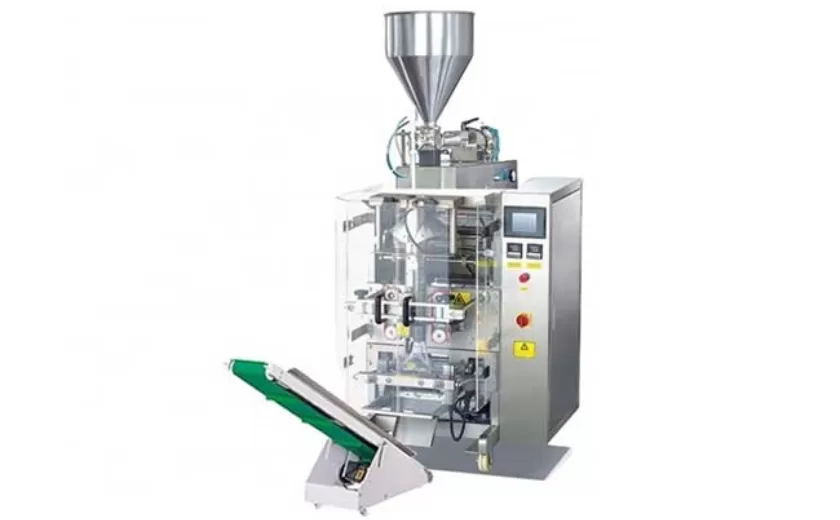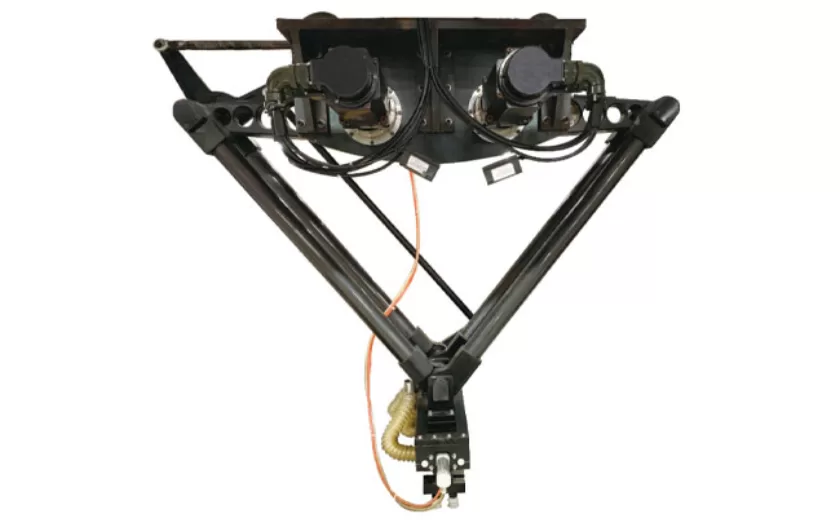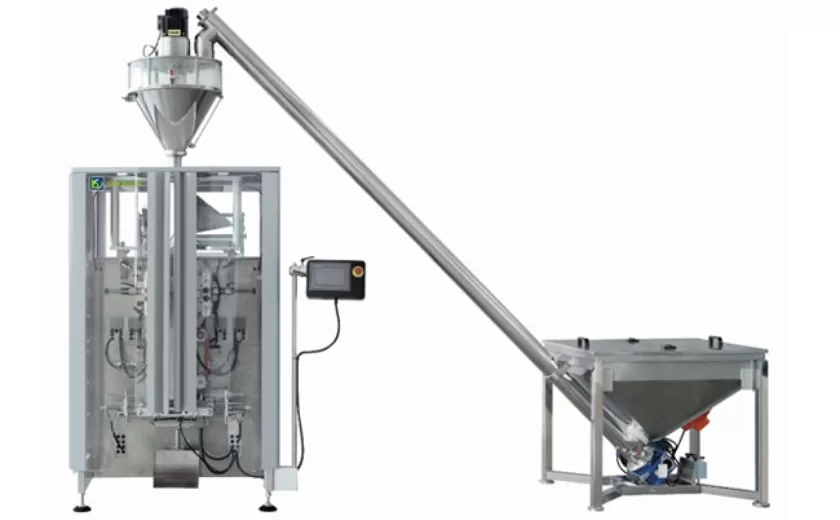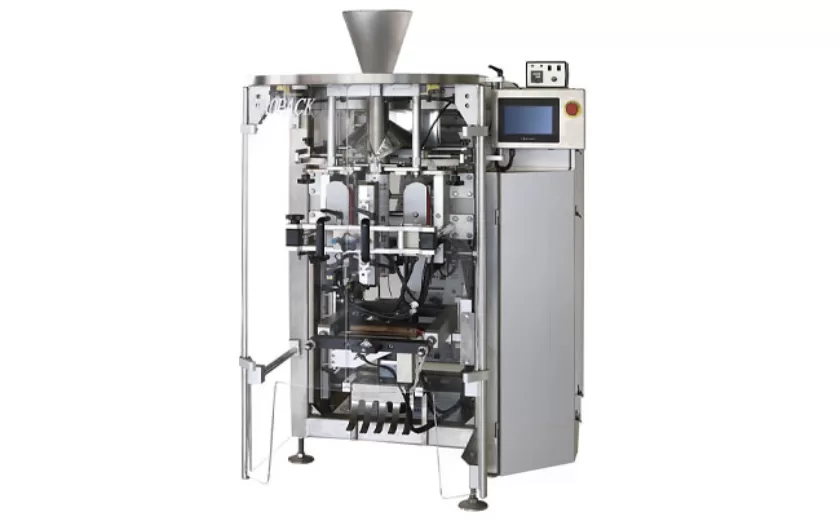The Economics of Pouch Liquid Filling- A Comprehensive Overview
“The Economics of Pouch Liquid Filling: A Comprehensive Overview” is an in-depth analysis of the financial implications of pouch liquid filling. This article provides a comprehensive overview of the costs associated with this packaging method, examining factors such as equipment investment, materials, labor, and efficiency. By understanding the economics of pouch liquid filling, manufacturers can make informed decisions about whether this packaging solution is suitable for their products and bottom line.
Equipment Investment
The initial capital investment in pouch liquid filling equipment can be substantial. The cost of a filling machine varies depending on its speed, accuracy, and level of automation. Factors such as the type of pouch material, the desired fill rate, and the need for additional features (e.g., heated filling) also influence the equipment cost. Manufacturers should carefully consider their production requirements and financial resources before investing in pouch liquid filling equipment.
Materials
Pouch materials, such as flexible plastics and aluminum laminates, can account for a significant portion of the packaging costs. The choice of material depends on factors such as product compatibility, shelf life requirements, and graphic design. Manufacturers must strike a balance between material cost and product performance to optimize their packaging investment.
Labor
Labor costs associated with pouch liquid filling vary depending on the level of automation. Automated filling machines require minimal operator intervention, reducing labor costs. However, manual filling operations require more labor, which can increase production costs. Manufacturers should evaluate their labor situation and production volume to determine the optimal level of automation for their pouch liquid filling line.
Efficiency
Pouch liquid filling efficiency directly impacts the unit cost of production. Factors such as machine speed, fill accuracy, and downtime contribute to overall efficiency. High-speed machines with low error rates and minimal downtime can significantly reduce production costs. Manufacturers should invest in efficient equipment and optimize their filling processes to maximize profitability.
Other Considerations
In addition to the key cost factors discussed above, manufacturers should also consider other economic implications of pouch liquid filling. These include:
Packaging waste: Pouches are more environmentally friendly than rigid containers, reducing waste disposal costs.
Transportation costs: Pouches are lightweight and flexible, which can reduce shipping and storage costs.
Marketing costs: Pouch packaging can offer unique marketing opportunities, such as custom graphics and transparent windows.
By carefully considering these economic factors, manufacturers can make informed decisions about whether pouch liquid filling is a viable packaging option for their products. The potential cost savings, efficiency gains, and environmental benefits of pouch liquid filling make it an attractive choice for many industries, including food, beverage, and personal care.
-

Advanced Packing Solutions: Snacks, Sugar, and Frozen Food Machines
29-10-2025 -

Efficient and Reliable Solutions for Salt, Nuts, and Frozen Dumplings Packing
29-10-2025 -

High-Performance Biscuits, Lollipop, and Ketchup Packing Machines for Modern Food Production
29-10-2025 -

Efficient Liquid Filling and Packing Machines for Modern Production
23-10-2025 -

Reliable Granule Packaging Machines for Efficient Production
23-10-2025 -

Efficient Auger Powder Filling Machines for Accurate Packaging
23-10-2025 -

High-Performance Liquid Filling and Packing Machines for Hygienic Production
10-10-2025 -

High-Efficiency Granule Packaging Machines for Precision and Speed
10-10-2025 -

High-Precision Auger Type Powder Filling Machines for Efficient Packaging
10-10-2025 -

Efficient Vertical Form Fill Seal Packaging Machines for Smart Production
10-10-2025





